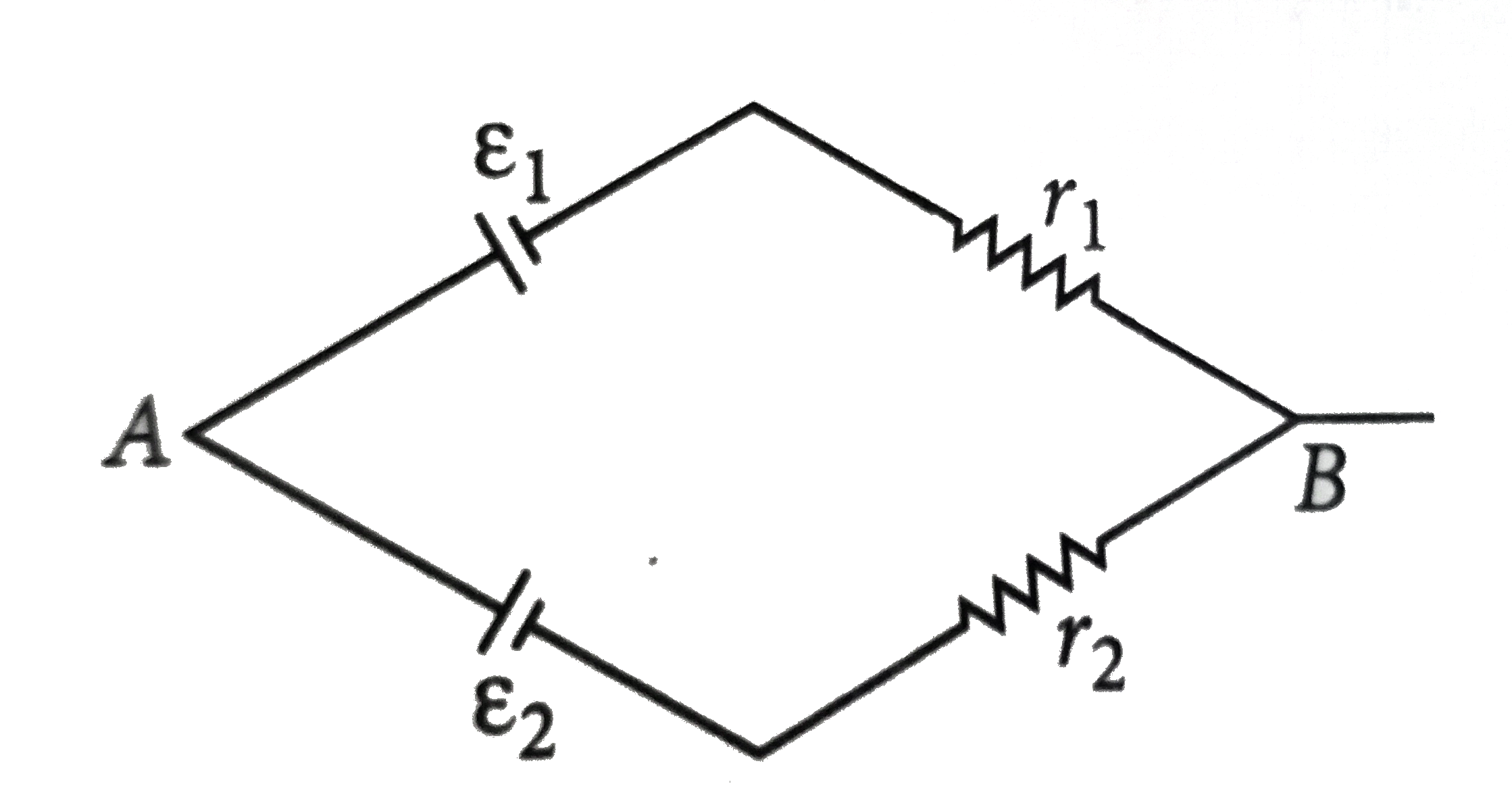Let E1andE2 be two ellipse whsoe centers are at the origin. The major axes of E1andE2 lie along the x-axis , and the y-axis, respectively. Let S be the circle x2+(y−1)2=2 . The straigth line x+y=3 touches the curves, S, E1andE2 at P,Q and R, respectively . Suppose that PQ=PR=2√23. If e1ande2 are the eccentricities of E1andE2 respectively, thent hecorrect expression (s) is (are)
e21+e22=4340
e1e2=√72√10
∣∣e21−e22∣∣=58
e1e2=√37
To solve the problem step by step, let's break down the information given and the necessary calculations.
Step 1: Understand the equations of the ellipses and the circle
We have two ellipses E1 and E2 centered at the origin. The major axis of E1 lies along the x-axis, and the major axis of E2 lies along the y-axis. The equations can be represented as:
- E1:x2a2+y2b2=1 (major axis along x-axis)
- E2:x2b2+y2a2=1 (major axis along y-axis)
The circle S is given by the equation:
x2+(y−1)2=2
Step 2: Find the tangent line
The line x+y=3 is a tangent to the curves at points P,Q,R. We can rewrite the line in slope-intercept form:
y=−x+3
Step 3: Determine the point of tangency with the circle
To find the point P where the line touches the circle, we substitute y=−x+3 into the circle's equation:
x2+((−x+3)−1)2=2
x2+(−x+2)2=2
x2+(x2−4x+4)=2
2x2−4x+4−2=0
2x2−4x+2=0
Dividing by 2:
x2−2x+1=0
(x−1)2=0⟹x=1
Substituting x=1 back into the line equation to find y:
y=−1+3=2
Thus, the point P is (1,2).
Step 4: Calculate distances PQ and PR
Given that PQ=PR=2√23, we can find the coordinates of points Q and R on the ellipses E1 and E2 respectively.
Step 5: Use the distance formula
The distance from point P(1,2) to points Q and R can be expressed as:
√(xQ−1)2+(yQ−2)2=2√23
√(xR−1)2+(yR−2)2=2√23
Step 6: Set up equations for ellipses
Using the properties of the ellipses and the distances, we can derive equations:
For E1:
x2Qa2+y2Qb2=1
For E2:
x2Rb2+y2Ra2=1
Step 7: Solve for eccentricities
The eccentricities e1 and e2 of the ellipses can be calculated using the formula:
e1=√1−b2a2,e2=√1−a2b2
Step 8: Final expressions
After solving the equations derived from the distances and the ellipse equations, we can find the correct expressions for e1 and e2.
We have two ellipses E1 and E2 centered at the origin. The major axis of E1 lies along the x-axis, and the major axis of E2 lies along the y-axis. The equations can be represented as:
- E1:x2a2+y2b2=1 (major axis along x-axis)
- E2:x2b2+y2a2=1 (major axis along y-axis)
x2+(y−1)2=2
The line x+y=3 is a tangent to the curves at points P,Q,R. We can rewrite the line in slope-intercept form:
y=−x+3
To find the point P where the line touches the circle, we substitute y=−x+3 into the circle's equation:
x2+((−x+3)−1)2=2
x2+(−x+2)2=2
x2+(x2−4x+4)=2
2x2−4x+4−2=0
2x2−4x+2=0
Dividing by 2:
x2−2x+1=0
(x−1)2=0⟹x=1
Substituting x=1 back into the line equation to find y:
y=−1+3=2
Thus, the point P is (1,2).
Given that PQ=PR=2√23, we can find the coordinates of points Q and R on the ellipses E1 and E2 respectively.
The distance from point P(1,2) to points Q and R can be expressed as:
√(xQ−1)2+(yQ−2)2=2√23
√(xR−1)2+(yR−2)2=2√23
Using the properties of the ellipses and the distances, we can derive equations:
For E1:
x2Qa2+y2Qb2=1
For E2:
x2Rb2+y2Ra2=1
The eccentricities e1 and e2 of the ellipses can be calculated using the formula:
e1=√1−b2a2,e2=√1−a2b2
After solving the equations derived from the distances and the ellipse equations, we can find the correct expressions for e1 and e2.
Similar Questions
Let E1 and E2, be two ellipses whose centers are at the origin.The major axes of E1 and E2, lie along the x-axis and the y-axis, respectively. Let S be the circle x2+(y−1)2=2. The straight line x+ y =3 touches the curves S, E1 and E2 at P,Q and R, respectively. Suppose that PQ=PR=2√23.If e1 and e2 are the eccentricities of E1 and E2, respectively, then the correct expression(s) is(are):
View SolutionIf radii of director circles of x2a2+y2b2=1andx2a2−y2b2=1 are 2randr respectively, let eEandeH are the eccentricities of ellipse and hyperbola respectively, then
View Solution
Knowledge Check
- Question 1 - Select One
Let E1andE2 are two mutually exclusive and exhaustive events. If odds are 2:3 against E1 then odds in favour of E2 are
A3:2B1:3C3:1D2:3
If e1ande2 are eccentricities of the hyperbolas xy=c2andx2−y2=a2 then e21+e22=
View SolutionIf e and e1, are the eccentricities of the hyperbolas xy=c2 and x2−y2=c2, then e2+e21 is equal to
View SolutionTwo batteries of emf E1andE2(E2>E1) and internal resistances r1andr2 respectively are connected in parallel as shown in figure.
 View Solution
View SolutionLet the major axis of a standard ellipse equals the transverse axis of a standard hyperbola and their director circles have radius equal to 2R and R respectively. If e1 and e2, are the eccentricities of the ellipse and hyperbola then the correct relation is
View SolutionTwo cells of emf E1 and E2 are connected to two resistors R1andR2 as shown. If E2 is short circuited then current through R1andR2 are
 View Solution
View SolutionFind the area bounded by the ellipse x2a2+y2b2=1and the ordinates x=0andx=ae, where, b2=a2(1−e2)ande<1.
View SolutionIf e1 and e2 represent the eccentricity of the curves 6x2−9y2=144 and 9x2−16y2=144 respectively . Then 1e21+1e22 is equal to
View Solution

